Planning your trip to Japan and craving a taste of its ancient, traditional side?
Look no further than Kyoto and Nara, two cities where the pace slows, the culture runs deep, and the scenery looks like something straight out of a painting!
From wandering through 1,000 bright orange torii gates in Kyoto to hand-feeding bowing deer in Nara, this region offers a peaceful, meaningful experience that perfectly complements the buzz of Tokyo or Osaka.
Whether you’re a history lover, foodie, or just looking to unplug and reconnect with nature, this Kyoto and Nara Travel Guide will walk you through all the must-see sights, hidden gems, and travel tips for exploring Kyoto and Nara in 2025 — Japan’s cultural soul awaits!
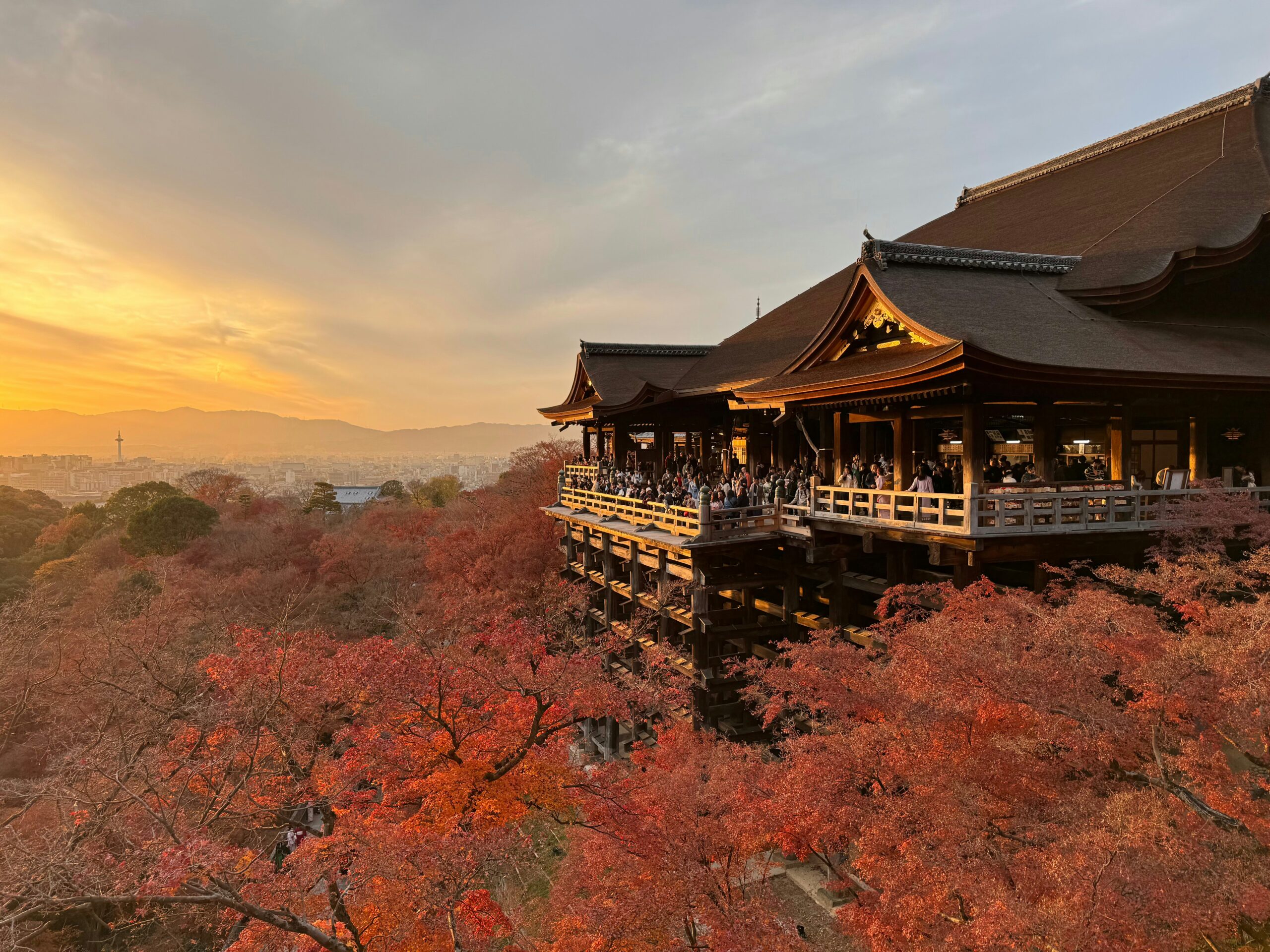
🌸 Why Visit Kyoto and Nara in 2025?
If Tokyo is the face of futuristic Japan, then Kyoto and Nara are the soul.
These two ancient cities are filled with history, quiet charm, and some of the most iconic sights in all of Japan.
If you’re dreaming of seeing Japan’s more peaceful, traditional side — this is where you’ll find it. While Tokyo stuns with its neon chaos, Kyoto and Nara offer a slower, more soulful experience.
We’re talking about quiet temples, ancient forests, bowing deer, and the kind of calming atmosphere that makes you forget you’re even in a city. It honestly feels like you’re stepping into a Studio Ghibli movie!
Whether you’re into history, culture, food, or just want a breather from the big city — Kyoto and Nara are the perfect pair. They’re also super accessible from Osaka, so adding them to your Japan itinerary is a no-brainer.
In 2025, these cities are shining brighter than ever. With tourism back in full swing but still not overwhelming, it’s the perfect time to explore these cultural gems.
Whether you’re sipping matcha in a tatami room or walking beneath 1,000 torii gates at sunrise, Kyoto and Nara give you that real, timeless Japan feeling — the kind that stays with you long after the trip ends.
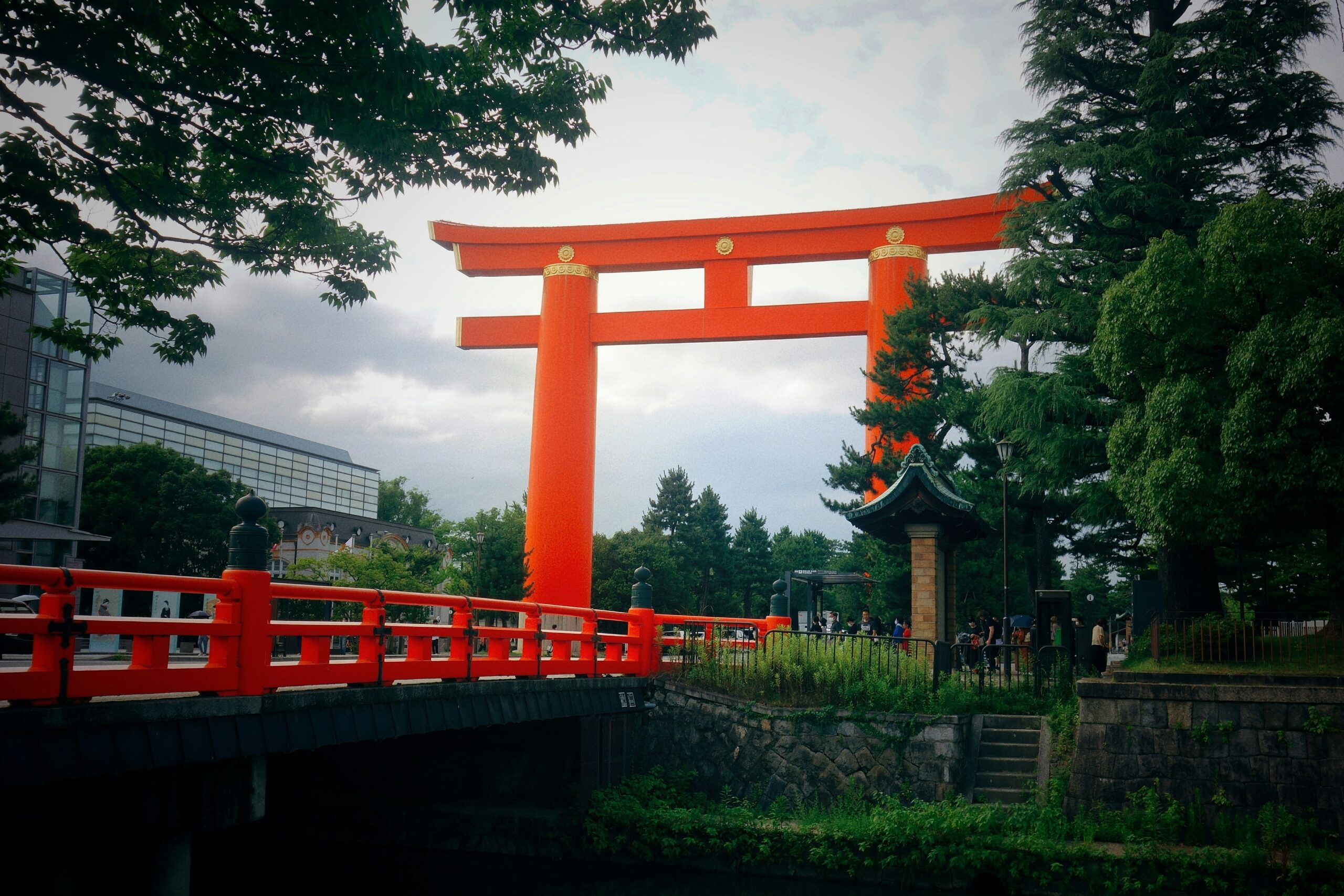
🚉 Getting to Kyoto and Nara
Despite their traditional vibes, Kyoto and Nara are super easy to get to — thanks to Japan’s impressively fast and reliable train system…
If you’re starting in Tokyo, a quick Shinkansen ride whisks you to Kyoto in around 2.5 hours. From Kyoto, Nara is just a 45-minute ride away, making it an ideal day trip.
If you’re coming from Osaka, it’s even easier — both cities are under an hour away by local train. And the best part? If you have a Japan Rail Pass, you can make all these journeys with no extra cost!
Planning your routes in advance means more time enjoying the temples and less time fiddling with Google Maps at the station.
- From Tokyo, take the Shinkansen (bullet train) to Kyoto — around 2.5 hours.
- From Osaka, Kyoto is just 30 minutes by train, and Nara is about 40 minutes.
- If you’re using a Japan Rail Pass, you can travel between all three cities easily.
- Pro tip: Stay in Kyoto and take a day trip to Nara — it’s a simple 45-minute ride!

🏯 Top Things to Do in Kyoto
Kyoto is the cultural heart of Japan, and honestly, you could spend weeks here and still find new gems. With over 1,000 temples, stunning gardens, and atmospheric districts like Gion, it’s where tradition comes alive.
One minute you’re walking through a bamboo forest, the next you’re sipping tea at a centuries-old ceremony!
This is where you come to slow down, reflect, and just breathe. The best part? Everything is beautiful — even the side streets and stone paths feel like they belong in a movie. From golden temples to forest hikes, this is the Kyoto everyone dreams about…
Let’s go through some of the top destinations which Kyoto has to offer:
✨ Fushimi Inari Taisha
You’ve definitely seen the famous path of 1,000 orange torii gates on Instagram right?
No trip to Kyoto is complete without walking through the endless rows of bright orange torii gates at Fushimi Inari Shrine. It’s one of Japan’s most iconic landmarks — and when you’re there in person, it honestly feels magical.
Each gate has been donated by individuals or businesses, forming a winding tunnel that leads deep into the forested hillside. The further you go, the quieter it gets.
Arrive early for that peaceful, spiritual vibe — and don’t forget to look back as you climb. The view down the hill is just as breathtaking.
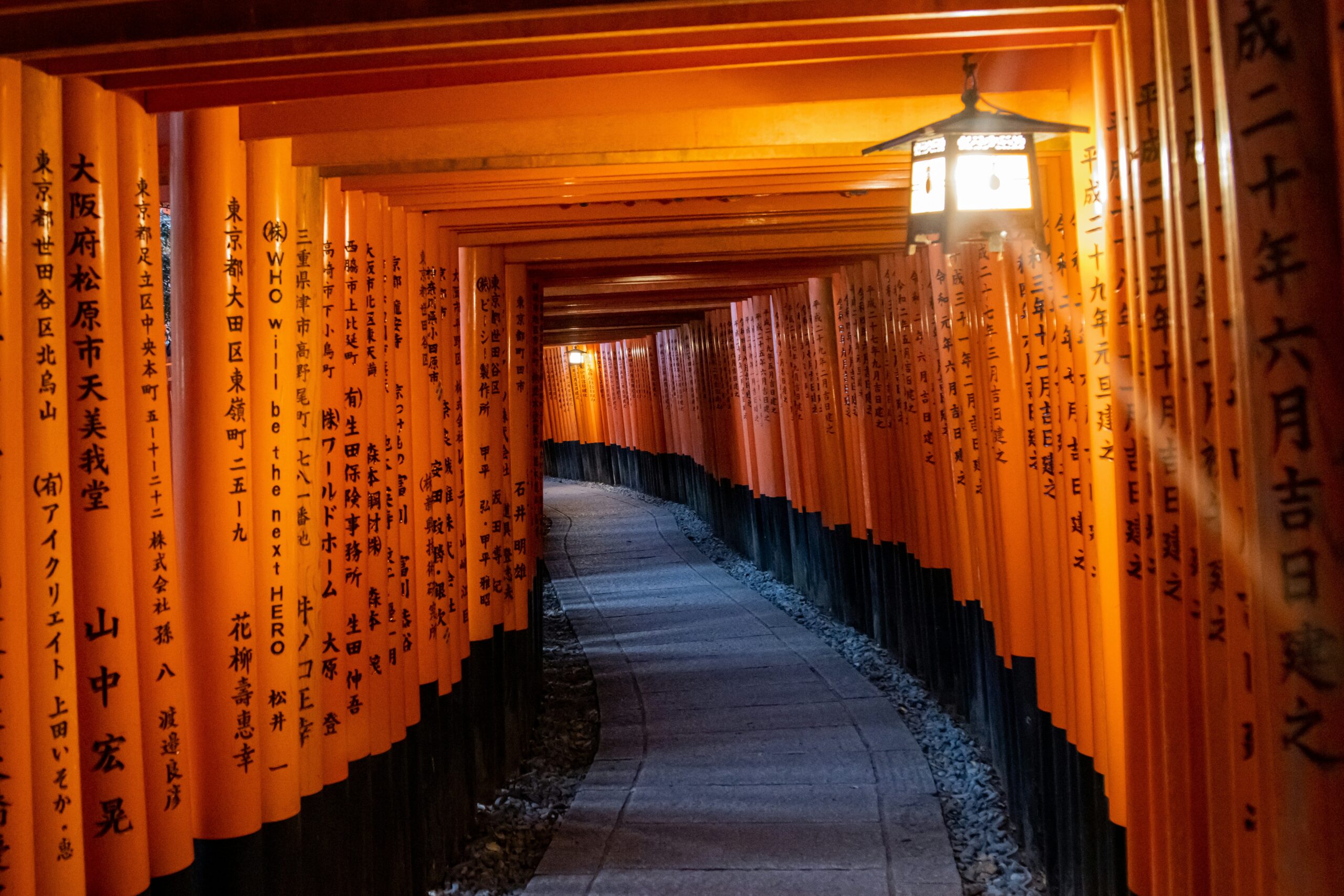
🛕 Kinkaku-ji (The Golden Pavilion)
Yes, it’s actually covered in gold, and yes — it’s just as stunning as the pictures. The surrounding gardens and reflective pond make it one of Kyoto’s most iconic spots. Try to go on a sunny day for that next-level shine ✨
Set beside a tranquil pond, Kinkaku-ji (Golden Pavilion) is one of the most photogenic places in Kyoto.
Whether you visit in spring with cherry blossoms, autumn with fiery leaves, or in winter when snow dusts the roof — the reflection in the water is something else.
It’s a quick visit, but the impact is lasting. And trust me: this is one of those places where even your worst camera shot will still look amazing.

🎋 Arashiyama Bamboo Grove & Monkey Park
Step into a real-life painting at Arashiyama Bamboo Grove, where towering stalks of green bamboo sway gently above you.
It’s serene, surreal, and kind of feels like entering another dimension. It can get busy during peak hours, so aim for an early start!
Once you’re done, head up the hill to Iwatayama Monkey Park, where wild monkeys roam freely and you’ll be rewarded with panoramic views of Kyoto from the top.
Bring comfy shoes — and bananas if you want to make new monkey friends.

🧘♀️ Gion & Traditional Tea Houses
Gion is where old Kyoto comes alive. This historic district is filled with narrow alleyways, wooden machiya houses, and hidden tea rooms where you can experience an authentic Japanese tea ceremony.
If you’re lucky, you might spot a geisha or maiko (apprentice geisha) gracefully walking to an appointment — but remember to be respectful, not paparazzi!
You can also rent a kimono and take a stroll yourself for a full “stepping back in time” experience.

🦌 Top Things to Do in Nara
Nara is much smaller than Kyoto — but it packs in just as much wonder. And yes, the deer are real. They’re not just a cute Instagram gimmick — they’re sacred animals with deep ties to the city’s spiritual history. They wander freely, bow politely (sometimes), and are an unforgettable part of the Nara experience.
But there’s more to Nara than deer selfies. It’s home to one of Japan’s most impressive temples, peaceful forest shrines, and some serious “hidden gem” vibes.
Since everything’s within walking distance from Nara Park, it’s easy to explore at your own pace and soak in the calm, almost mystical energy.
🦌 Nara Park & Bowing Deer
This is Nara’s claim to fame — and yes, the deer really do bow. Nara Park is home to hundreds of friendly (and sometimes cheeky) deer who are more than happy to interact with visitors, especially if you come bearing deer crackers (shika senbei).
It’s a fun, totally unique experience — just keep your maps and food tucked away, because these deer know what they want. The park is big, scenic, and a great way to enjoy a slow, charming morning or afternoon.
Buy some deer crackers, bow to the deer… and watch them bow back! Just keep your snacks safe — they’re a little cheeky 😅

🛕 Todai-ji Temple
Prepare to feel small — in a good way… Todai-ji is home to one of the largest wooden buildings in the world, and inside sits a massive bronze Great Buddha (Daibutsu) that feels both majestic and calming.
It’s a must-visit for anyone interested in Japan’s religious or cultural history, and even if you’re not, the sheer scale and peacefulness of this temple will leave you impressed.
The temple itself is massive and awe-inspiring, and the inside feels peaceful and humbling. It’s one of the most iconic cultural sites in Japan.
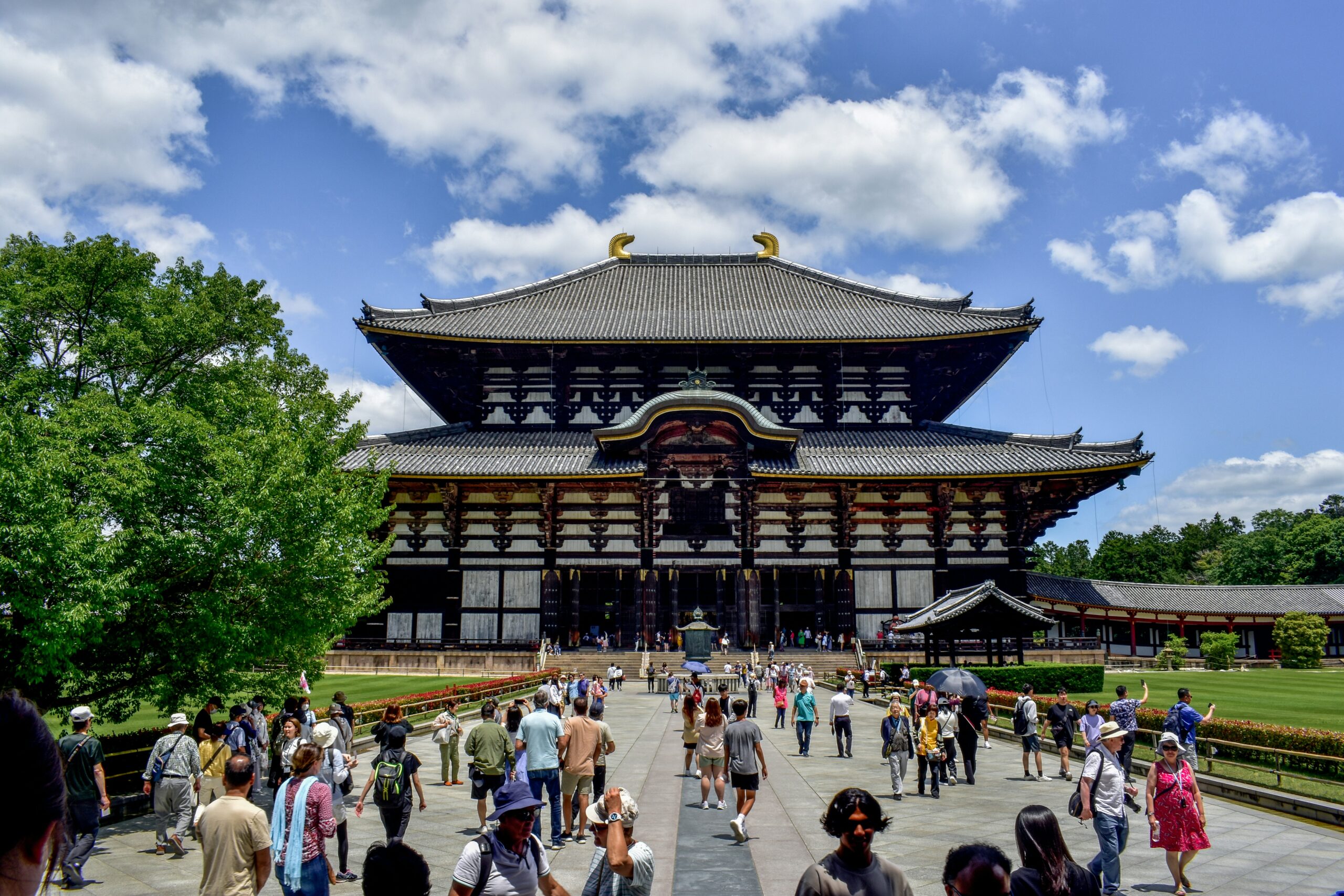
🌿 Kasuga Taisha Shrine
Tucked away in the forest behind Nara Park is Kasuga Taisha, a beautiful and often overlooked shrine surrounded by moss-covered stone lanterns. It feels quiet and almost mystical, especially in the late afternoon when the forest light turns golden.
If you’re looking to balance the energy of the lively deer park with something calm and spiritual, this shrine is the perfect place to reflect and slow down.
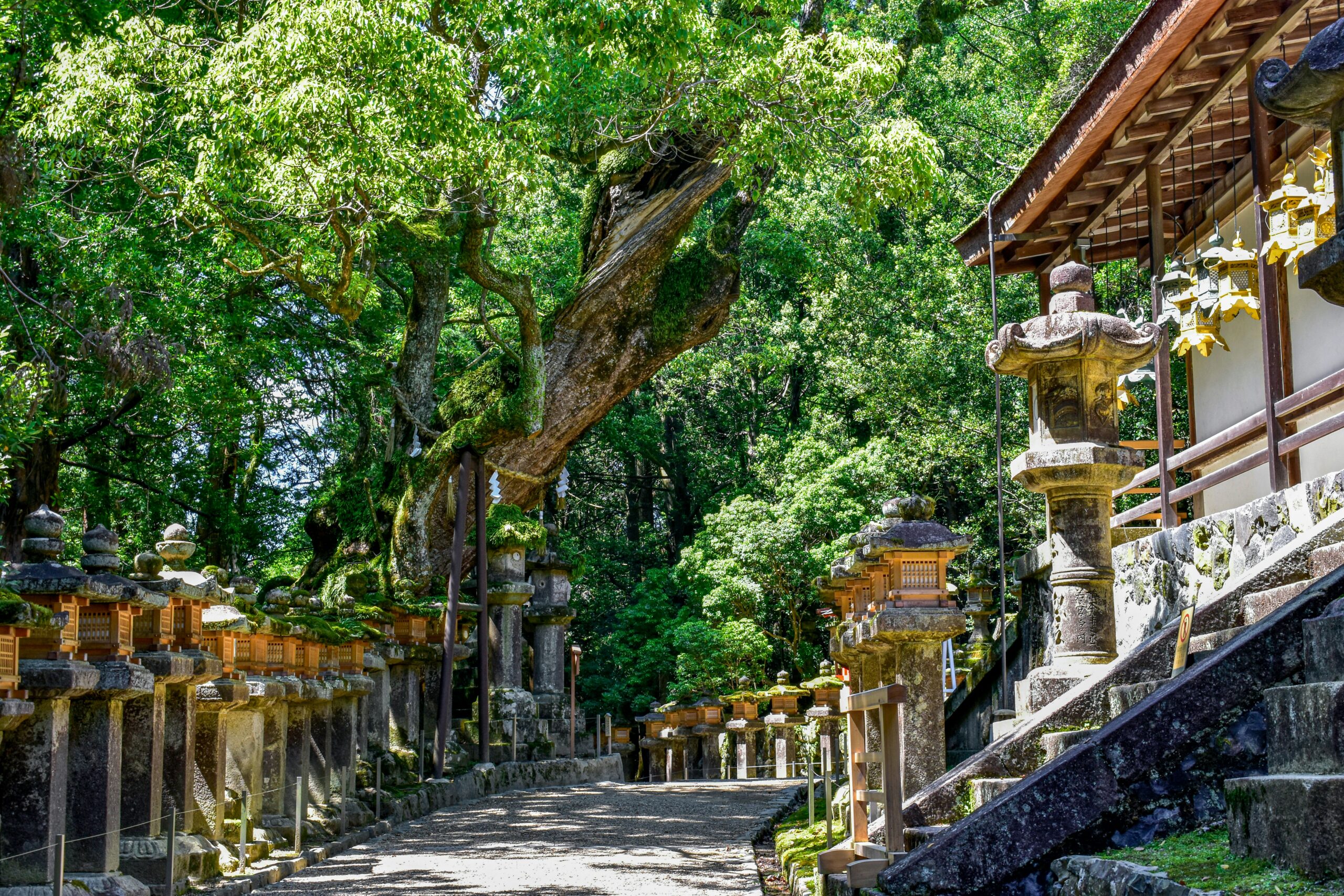
🍵 What to Eat in Kyoto & Nara
When it comes to food, Kyoto and Nara take a more delicate and traditional approach than Tokyo or Osaka.
Expect beautifully presented dishes, subtle flavours, and meals that feel almost ceremonial. Kyoto is famous for kaiseki ryori (multi-course fine dining), but you can still eat well on a budget — from matcha soba noodles to street snacks in Gion.
In Nara, local specialties like kakinoha sushi (wrapped in persimmon leaves) and freshly brewed sake from nearby towns give you a real taste of the region.
Whether you’re dining in a quiet back-alley restaurant or trying tofu donuts from a food stall, you’ll find that eating here is part of the cultural experience.
- Try kaiseki ryori, a traditional multi-course meal that’s like edible art.
- Kyoto is also known for matcha everything — soft serve, cakes, soba noodles, you name it.
- For something quick and delicious, grab some yatsuhashi (cinnamon mochi) or tofu-based dishes in the Gion area.
- In Nara, try kakinoha sushi (sushi wrapped in persimmon leaves) or local sake from nearby breweries.
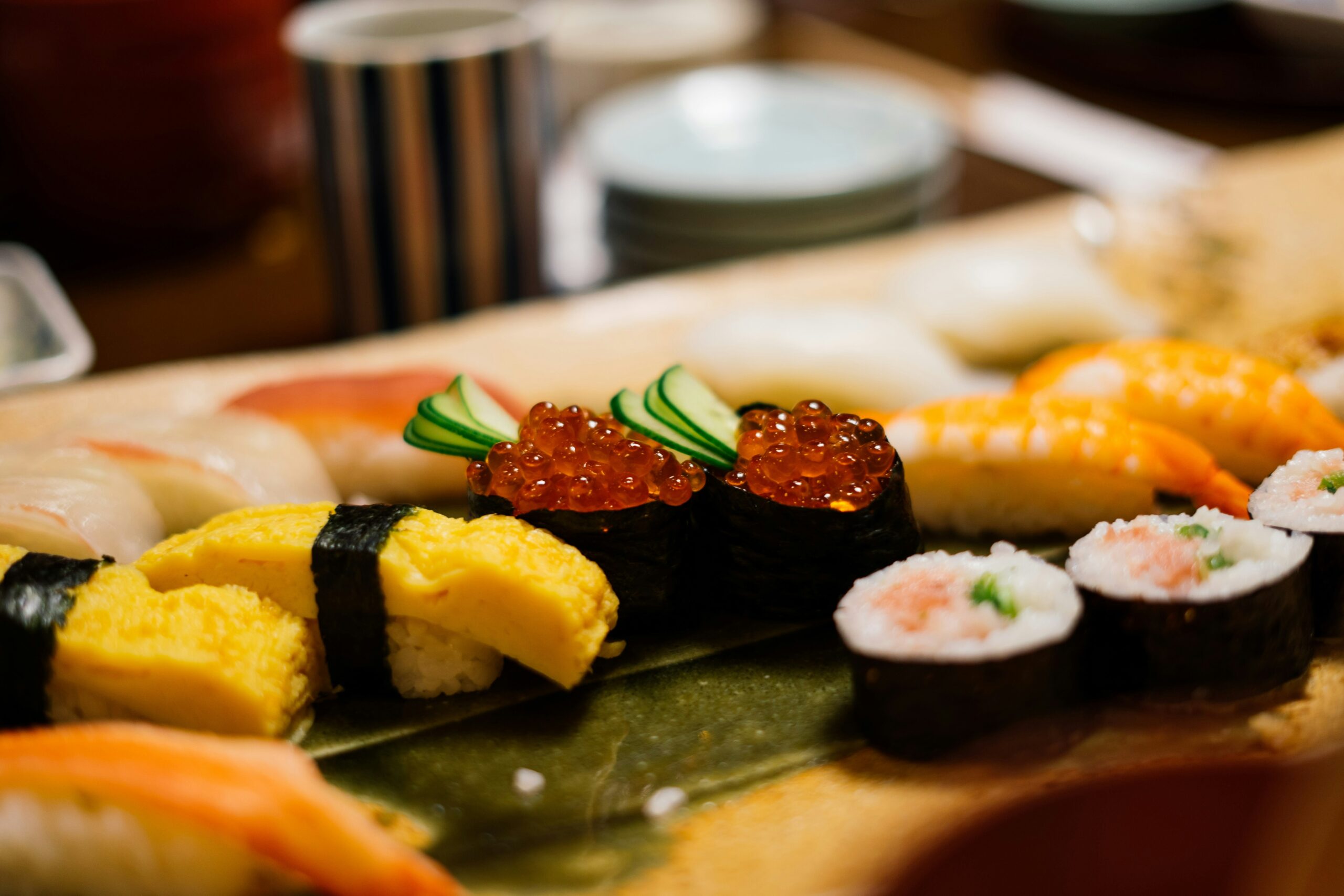
🛏️ Where to Stay: Kyoto or Nara?
If you’re choosing between the two, Kyoto is the better base for most travellers. It has a huge range of accommodation — from high-end ryokan with private baths to budget hostels in traditional wooden buildings. The city is also better connected for day trips, including Nara, Osaka, and beyond.
That said, if you’re craving something truly quiet and local, spending a night in Nara can be a refreshing change. You’ll experience the city without crowds, especially around sunrise and sunset when the deer roam freely and the temples feel more personal. Either way, you can’t go wrong — but a mix of both might give you the best of both worlds.
All in all, Kyoto has more accommodation options, from traditional ryokan to stylish hostels and modern hotels. It’s a great base for several days of exploration. Nara can be done in a day trip, but if you want to stay overnight, look for charming local guesthouses!
💡 Pro tip: Try booking at least one night in a ryokan with tatami floors and an onsen bath — it’s a uniquely Japanese experience you won’t forget.
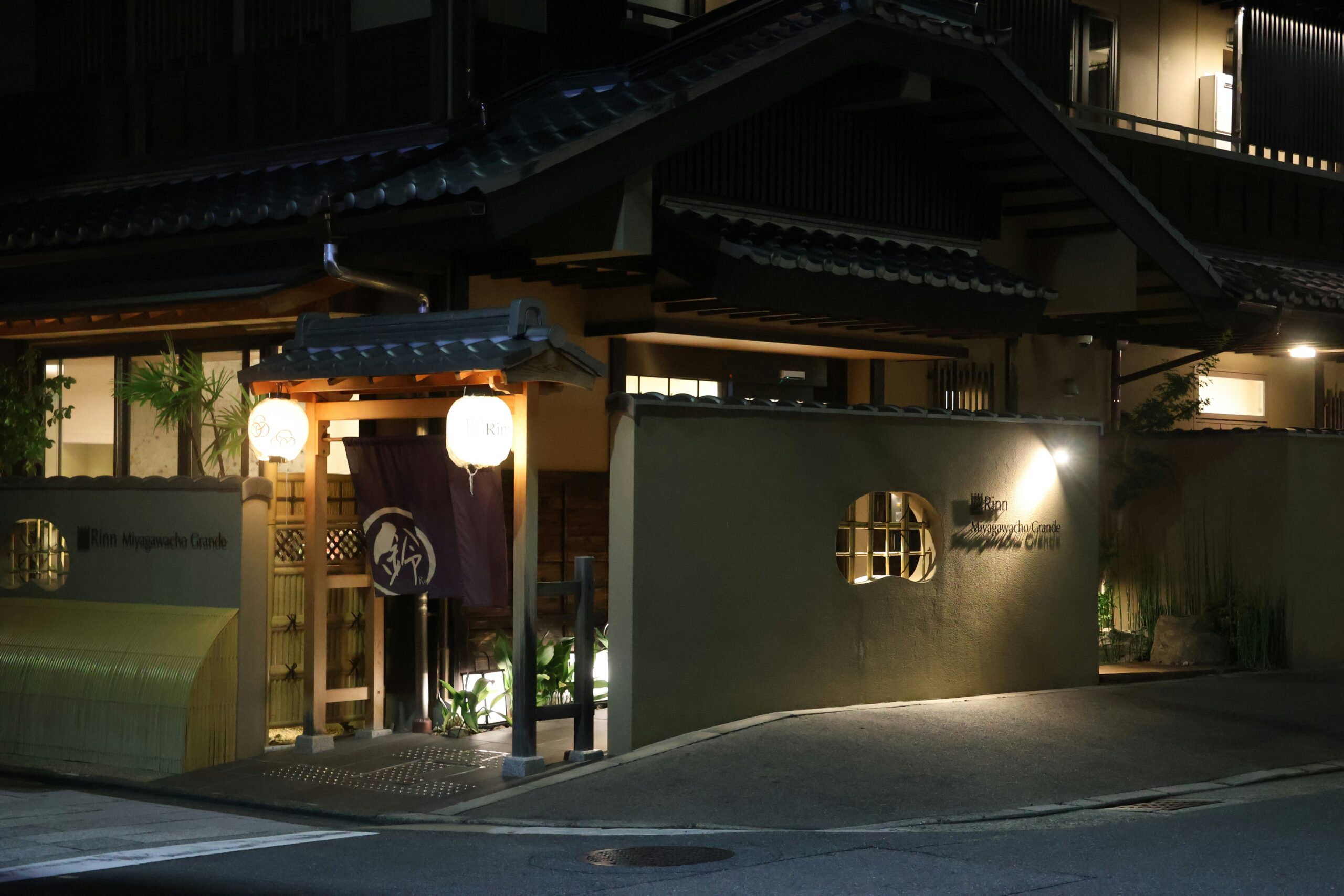
📸 Best Photo Spots
Bring your camera (or at least your phone with a lot of free space), because Kyoto and Nara are visual poetry. The torii gates at Fushimi Inari, the shimmering Golden Pavilion, the towering bamboo of Arashiyama — these are some of the most photographed places in Japan for a reason.
And Nara? Let’s just say that posing with a bowing deer in front of a 1,200-year-old temple is a pretty unbeatable combo. Whether you’re into portrait shots, nature snaps, or temple architecture, both cities deliver postcard-perfect backdrops at every turn.
- Fushimi Inari’s torii gates (go early!)
- The Golden Pavilion reflecting on the pond
- Arashiyama Bamboo Forest when the sun filters through the stalks
- Nara Park deer selfies (if you’re brave)
- Kasuga Shrine’s lanterns during golden hour

🧭 Final Thoughts: Tradition, Nature, and the Old Soul of Japan
Kyoto and Nara aren’t just places — they’re experiences. They offer a side of Japan that’s slower, softer, and steeped in history. From meditative walks through ancient shrines to laughter-filled moments feeding deer, every memory you make here feels meaningful.
If Tokyo is Japan’s heartbeat, these cities are its deep breath — a reminder to pause, reflect, and enjoy the quiet moments.
Visiting both Kyoto and Nara feels like time-travel. From quiet temple gardens to playful deer, ancient tea houses to golden temples — it’s a total shift from Tokyo’s bright lights. If you’re looking to experience the traditional heart of Japan, this is the place.
Whether you’re wandering the bamboo groves, sipping matcha in Gion, or bowing to deer in Nara Park — these memories will stick with you long after your trip ends…
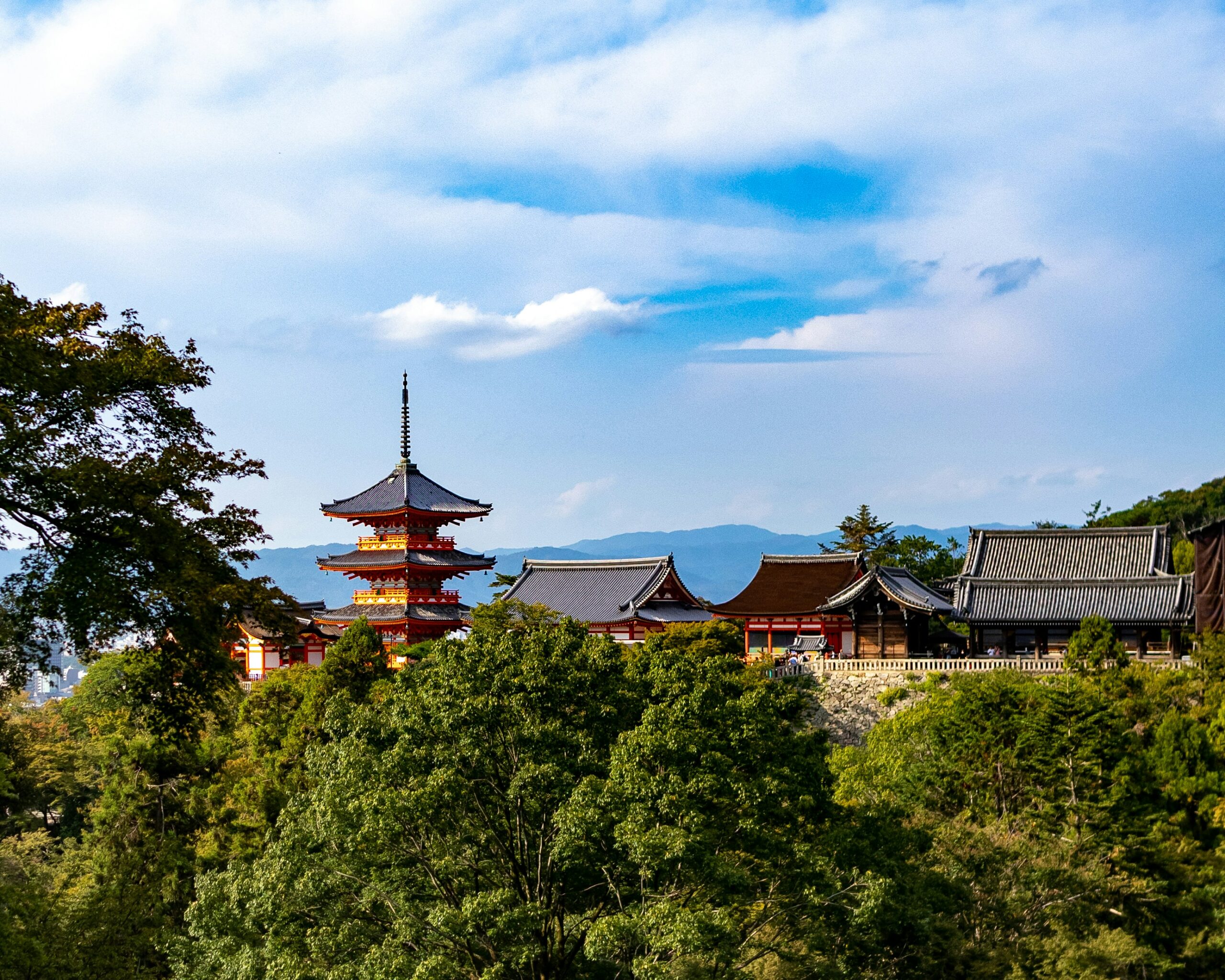
📚 Related Posts You Might Like:
- ✅ Complete Tokyo Travel Guide: What to See, Eat & Do (2025)
- ✅ Best Places to Visit in Japan – 10 Must-See Spots
- ✅ How to Learn Japanese Language – A Beginner’s Guide
🔗 Want more travel tips? Check out the Travel in Japan hub page!
